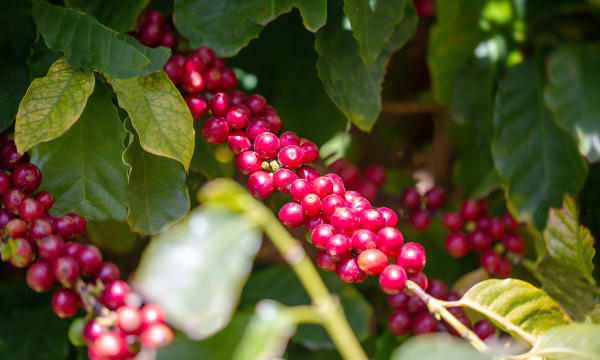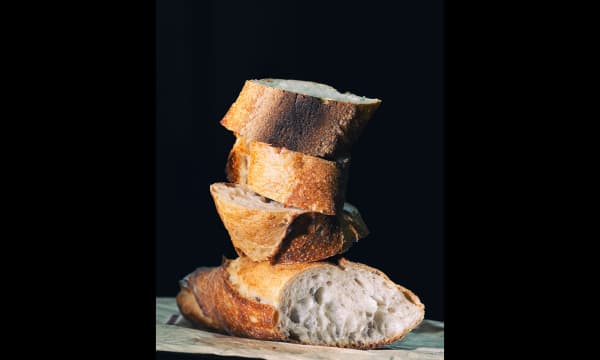As Japanese artist Yayoi Kusama’s vibrant and maximalist collaboration with Louis Vuitton is theatrically making its presence felt across global cities, the country’s food and drink rituals are also making their mark around the world. The New York Times recently explored the rise of Greenpoint in Brooklyn as the new Little Tokyo of New York, citing an explosion of Japanese businesses in recent years. These include Japanese café and shop Acre, tea salon Kettl, sake shop Bin Bin Sake and grocery store Mitsuki Japanese Market. This Japanese culinary expansion is also being seen across Europe and in other markets in Asia, in large part driven by the Japanese government’s mission to significantly increase the country’s food and drinks exports this decade. Building on 10 consecutive years of record growth, the government has ambitious plans to boost the value of Japan’s food exports by five times in the 11 years from 2019 to 2030, from ¥912.1 billion per year to ¥5 trillion.
Some of the establishments and brands involved are selling elements of Japanese food and culture that will already be familiar to international audiences, while others focus on bringing relatively untapped traditions to the West. For example, Dashi Okume in New York is an eatery that specializes in dashi, a Japanese soup made from dried fish, mushroom and seaweed, while a buckwheat soba shop is also set to open in Greenpoint in the coming months. Arguably the most interesting Japanese export story surrounds one of its best-known products: sake. In part due to the reduced alcohol consumption of Japan’s aging population and also driven by younger generations’ increased preference for Western-style drinks, Japanese sake sales have declined significantly in the last 50 years. Production of sake for the Japanese market has dropped by an estimated 75% since the early 1970s, according to the Brewers Association of Japan, who also revealed a 30% decline in domestic demand during the last decade alone.




